While they may share a family tree, these two species are worlds apart in many ways, from their social structures to their physical traits. So, whether you’re a nature buff or just curious about these amazing animals, stick around as we unravel some intriguing contrasts between wolves and coyotes.
1. Size Matters—Big Time
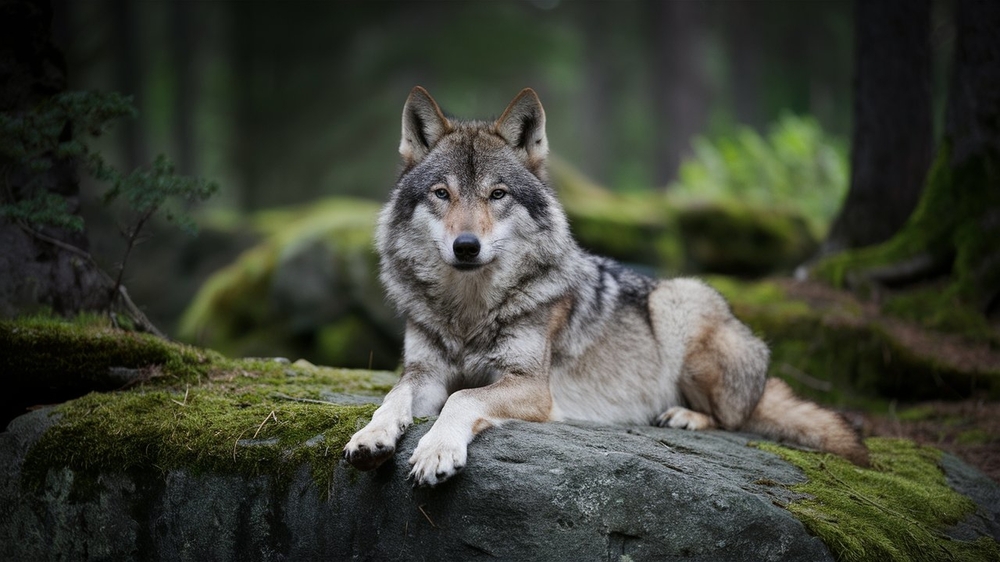
Let’s kick things off with the most obvious difference: size. Wolves are like the linebackers of the canid world—big, powerful, and built to take on large prey. According to Outlandish Owl, they typically weigh between 70 to 150 pounds, with some even reaching up to 175 pounds in certain regions. Coyotes, on the other hand, are more like the nimble wide receivers. They usually weigh between 20 to 50 pounds, giving them the agility to dart around and chase smaller prey.
But don’t let their smaller size fool you! Coyotes are incredibly resourceful and can take on challenges that seem too big for them. Their slender, sleek bodies are perfectly designed for speed, allowing them to outpace threats and catch swift critters. So, whether you’re watching a documentary or spotting them in the wild, remember—size isn’t everything, but it sure is a noticeable difference!
2. The Social Scene: Lone Wanderers vs. Team Players
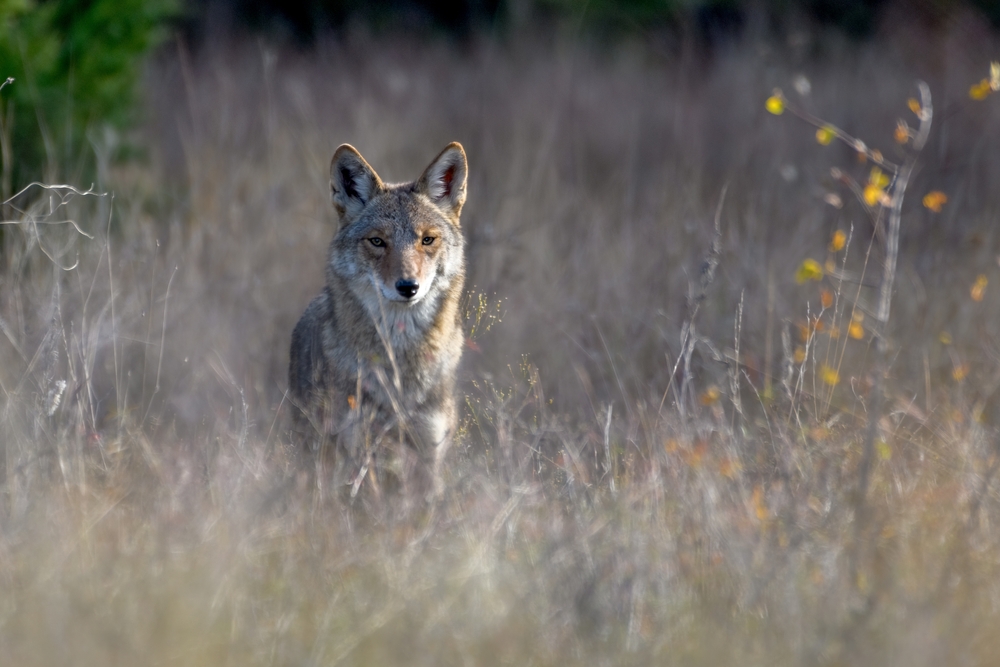
Now, let’s talk about their social lives, which are as different as night and day. Wolves are the ultimate team players, thriving in tightly-knit packs that work together to hunt and raise their young. These packs are usually led by an alpha pair, and everyone has a role, from hunting to babysitting pups. This social structure is vital for their survival, especially when taking down large prey like elk or moose.
Coyotes, however, prefer a more independent lifestyle. While they can be social and do form pairs, they’re often seen as solitary wanderers or in small family groups. They thrive on flexibility, adapting to different environments and circumstances without the need for a large pack. This difference in social structure is a key factor in how each species interacts with their environment and ensures their survival.
3. Diet and Hunting Techniques: The Gourmet vs. The Opportunist
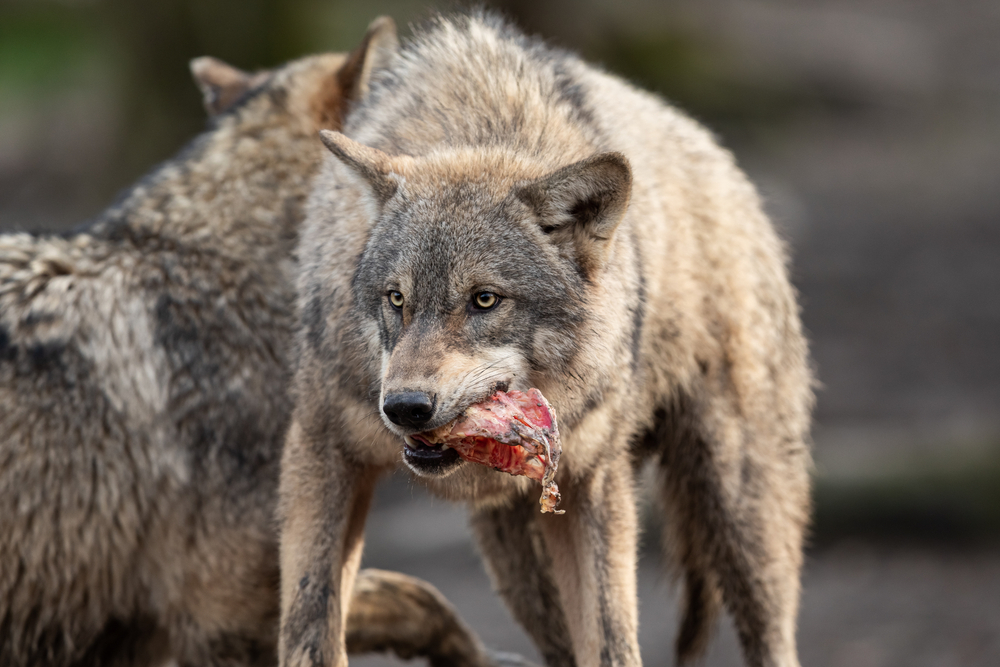
When it comes to diet, wolves and coyotes have very different menus. According to Sciencing, wolves are the gourmets of the canid family, often focusing on larger game like deer, bison, and even the occasional moose. These big meals require cooperation and strategy, which is where their pack dynamics come into play. Hunting in teams allows them to take down prey that would be impossible for a lone animal.
Coyotes, on the other hand, are the opportunists of the animal kingdom. Their diet is incredibly varied, and they’ll eat almost anything, from small mammals to fruits and vegetables. This adaptability is key to their success, allowing them to thrive in diverse environments, from deserts to urban areas. Whether they’re scavenging or hunting solo, coyotes know how to make the most of their surroundings.
4. Vocalizations: The Symphony vs. The Soloist
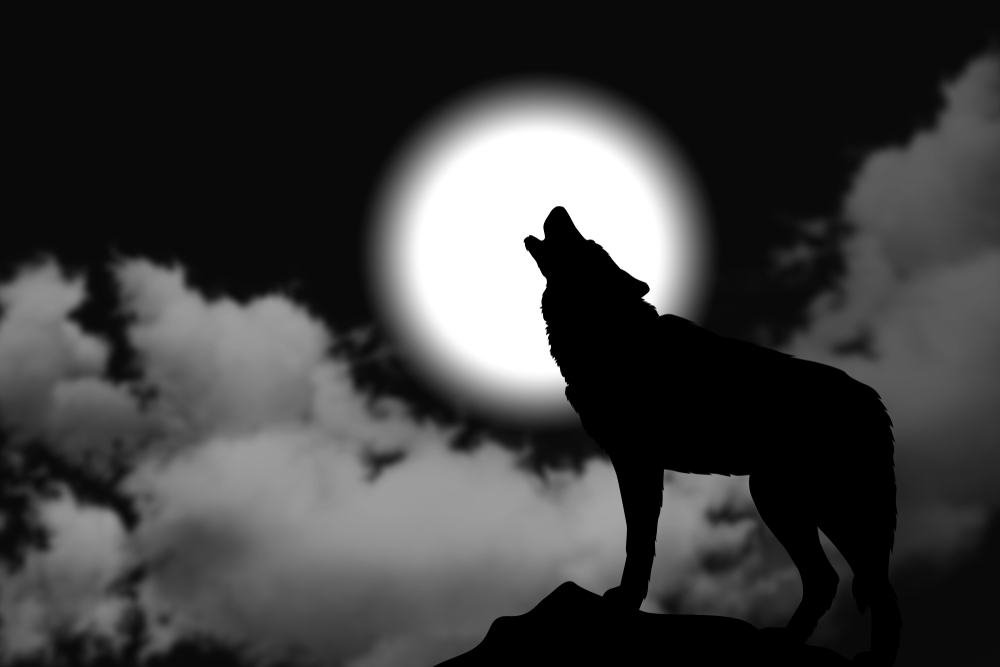
Next, let’s tune in to one of the coolest differences—how they communicate. Wolves are like a symphony, with complex vocalizations that include howls, growls, barks, and whimpers to convey messages within their pack. These vocalizations are essential for maintaining pack cohesion, coordinating hunts, and marking territory. Their haunting howls can be heard over long distances, adding to their mystique.
Coyotes, on the other hand, are the soloists of the canid world. Their vocalizations are equally distinctive, but they tend to use shorter howls, yips, and barks to communicate. These sounds help them mark territory, communicate with family members, or even scare off potential threats. Whether it’s a lone coyote yipping in the night or a wolf pack howling under the moon, each has its own unique voice.
5. Habitat Preferences: The Wilderness vs. The Urban Explorer
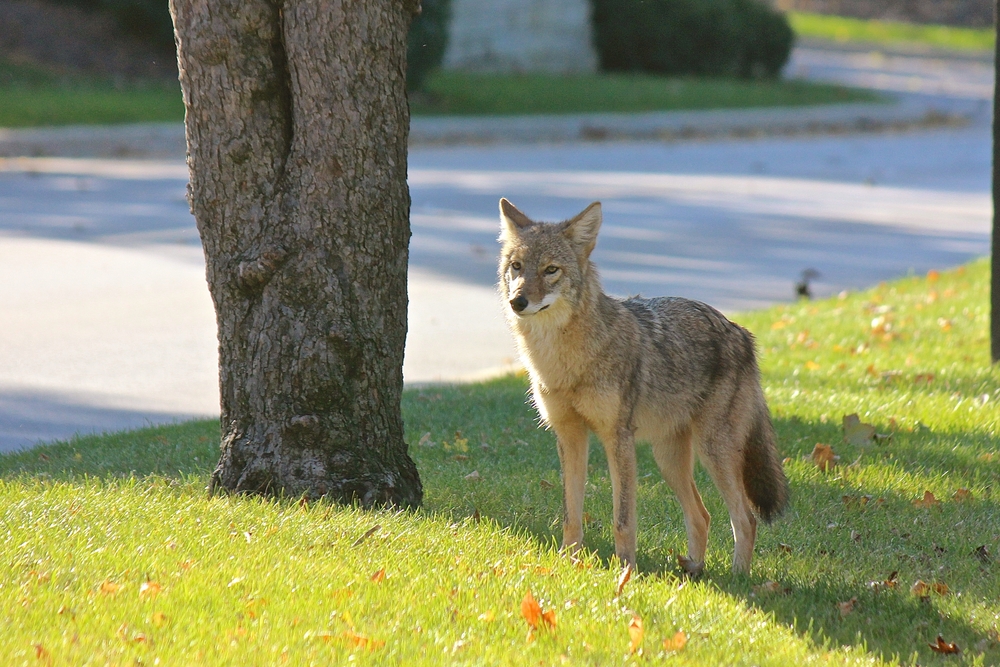
Where these animals choose to call home is another big difference. Wolves are often associated with vast wilderness areas, from the forests of North America to the tundras of Russia. They need large territories to support their pack’s hunting needs, which often span hundreds of square miles. This preference for remote areas keeps them away from human interaction, allowing them to thrive in peace.
Coyotes, in contrast, are the urban explorers of the animal world. They’re incredibly adaptable and have found ways to coexist with humans in cities and suburban areas. From scavenging in garbage to hunting in city parks, coyotes have learned to make the most of our urban landscapes. Their ability to thrive in both rural and urban settings showcases their incredible adaptability.
6. Reproductive Strategies: The Family Unit vs. The Flexible Approach
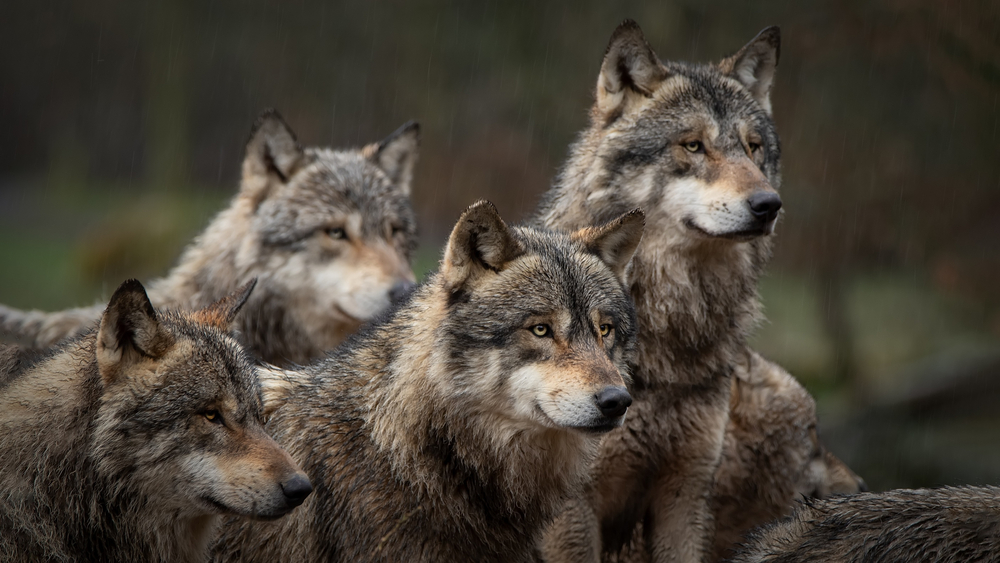
When it comes to raising a family, wolves and coyotes have very different approaches. Wolves are all about the family unit, where the entire pack pitches in to help raise the pups. The alpha pair usually does the breeding, and the pack members work together to protect and provide for the young. This cooperative approach ensures that the pups grow up in a safe and nurturing environment.
Coyotes, however, are a bit more flexible in their family dynamics. They often form pairs or small family groups, and both parents are involved in raising the young. Coyotes are known for their high reproductive rates, which helps them quickly recover from population declines. This resilience is a testament to their adaptability and resourcefulness.
7. Physical Features: The Long Legs vs. The Rounded Ears
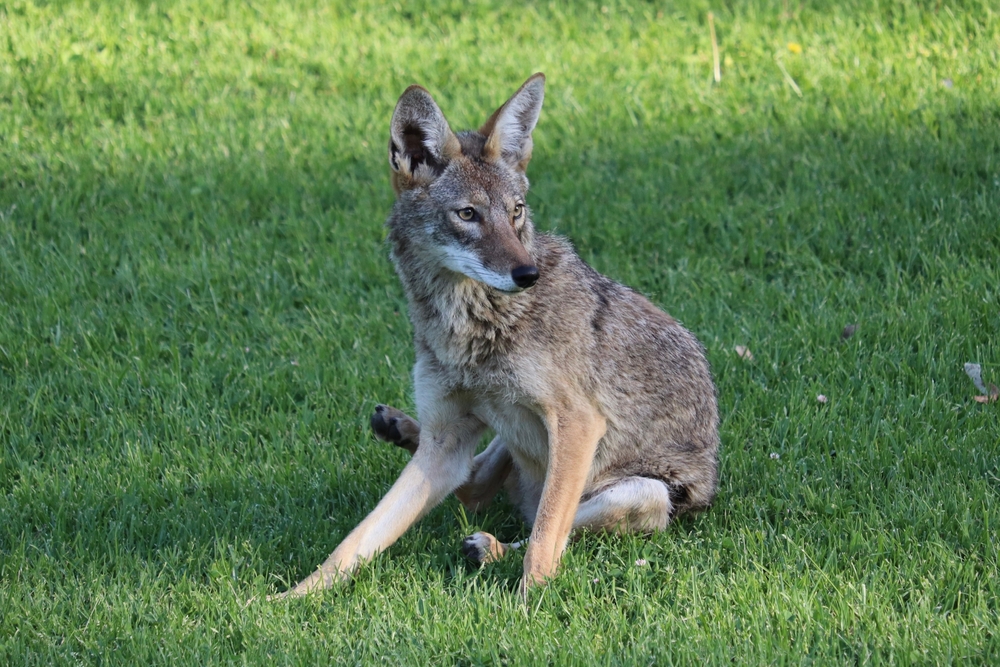
Let’s delve into some of the physical traits that set these two apart. Wolves have long legs and large paws, which are perfect for navigating snowy terrains and covering long distances. Their bushy tails and thick fur help them survive in colder climates, making them well-adapted to harsh environments.
Coyotes, on the other hand, are more compact with shorter legs and rounded ears. This build is ideal for sprinting and sneaking through diverse landscapes. Their slender bodies enable them to move swiftly, and their fur is often more varied in color, helping them blend into different habitats. Whether it’s a wolf’s imposing presence or a coyote’s sleek silhouette, each has physical traits that suit their lifestyle.
8. Territorial Behavior: The Pack’s Domain vs. The Prowler’s Route
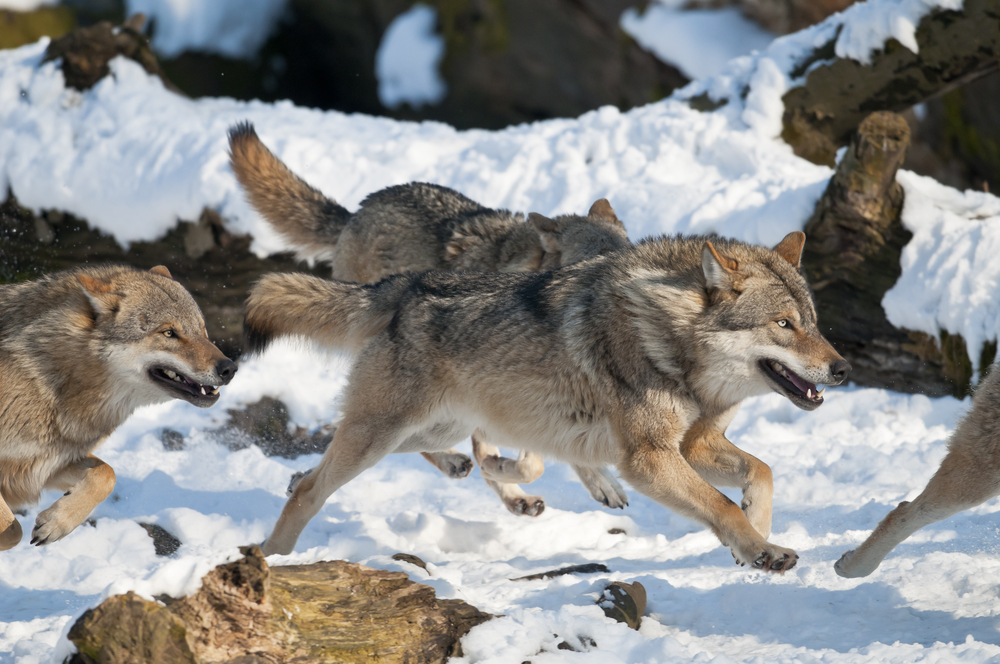
Territorial behavior is another area where wolves and coyotes differ significantly. Wolves establish large territories that are fiercely defended by the pack. These territories can span hundreds of square miles, and wolves use scent marking and vocalizations to ward off intruders. This strong territorial instinct is crucial for protecting their food resources and ensuring their pack’s survival.
Coyotes, in contrast, have a much more flexible approach to territory. While they do establish home ranges, these areas are often smaller and less strictly defended. Coyotes are known to roam widely in search of food, and their territories can overlap with those of other coyotes. This fluidity allows them to adapt to changing environments and resource availability, highlighting their resourcefulness.
9. Interaction with Humans: The Elusive vs. The Bold

Wolves and coyotes also differ in how they interact with humans. Wolves are often seen as elusive creatures, avoiding human contact whenever possible. This behavior is partly due to their history of persecution, which has made them wary of people. As a result, wolves rarely venture into urban areas, preferring to stay hidden in the wilderness.
Coyotes, on the other hand, have become quite bold in their interactions with humans. Their adaptability has allowed them to thrive in cities and suburbs, where they often come into contact with people. From scavenging in neighborhoods to being spotted on city streets, coyotes have learned to coexist with humans in ways wolves typically do not. This boldness is a testament to the coyote’s ability to adapt and survive in diverse environments.
10. Cultural Symbolism: The Mythical vs. The Trickster
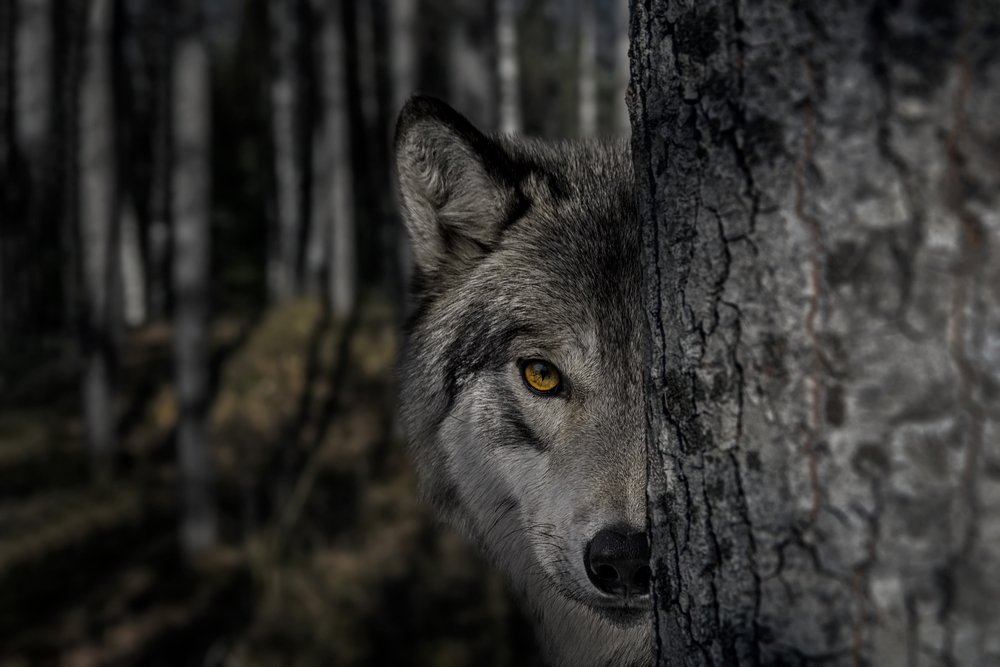
Cultural symbolism is another fascinating distinction between wolves and coyotes. Wolves have long been featured in folklore and mythology as powerful and mystical creatures. They are often seen as symbols of strength, loyalty, and freedom, appearing in stories and legends across cultures. This reverence has contributed to their enigmatic reputation.
Coyotes, meanwhile, are frequently cast as tricksters in various myths and legends. Native American folklore often depicts coyotes as cunning and mischievous beings, known for their cleverness and adaptability. This trickster image highlights the coyote’s resourcefulness and ability to navigate challenging situations. Both animals hold significant cultural symbolism, reflecting the diverse ways in which humans perceive them.
11. Conservation Status: The Endangered Icon vs. The Resilient Survivor
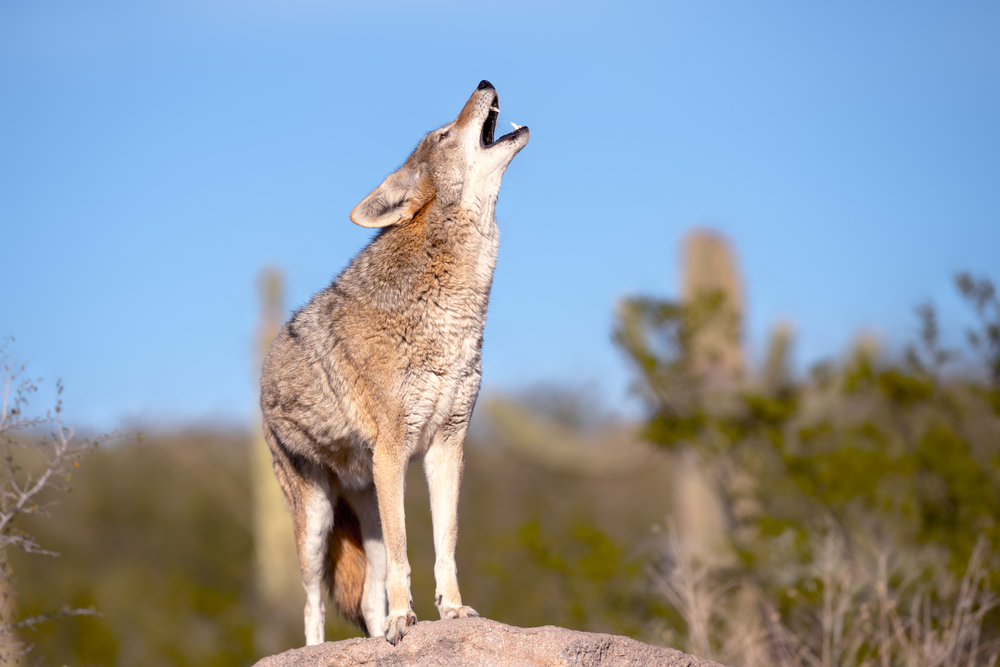
Conservation efforts for wolves and coyotes also highlight differences in their status. Wolves are often considered endangered or threatened in many regions, leading to extensive conservation programs aimed at protecting and reintroducing them to their natural habitats. Efforts focus on preserving wilderness areas and mitigating human-wolf conflicts to ensure their survival.
Coyotes, however, are seen as resilient survivors with stable populations. Their adaptability has allowed them to thrive despite habitat loss and human encroachment. While they face challenges like hunting and trapping, coyotes continue to expand their range, showcasing their incredible resilience in the face of adversity. These conservation differences underscore the unique challenges each species faces.
12. Genetic Diversity: The Purebred vs. The Hybrid

Finally, let’s explore the genetic aspect of these canids. Wolves are often considered more genetically “pure,” with distinct subspecies adapted to different environments. This genetic diversity is crucial for their conservation, as it helps maintain healthy populations and enhances their adaptability to changing conditions.
Coyotes, on the other hand, are known for occasional hybridization with domestic dogs and even wolves in some regions. This blending of genes can lead to unique traits and has implications for their adaptability and evolution. While hybridization is a complex topic, it highlights the fluid nature of coyote genetics and their ability to adapt in diverse environments.
And there you have it, folks—twelve fascinating differences that make wolves and coyotes unique in their own ways. Whether it’s their social structures, habitats, or interactions with humans, these canids offer a remarkable glimpse into the diversity of life in the animal kingdom. So next time you’re exploring the great outdoors, keep an eye out for these incredible creatures and appreciate the roles they play in our world.
